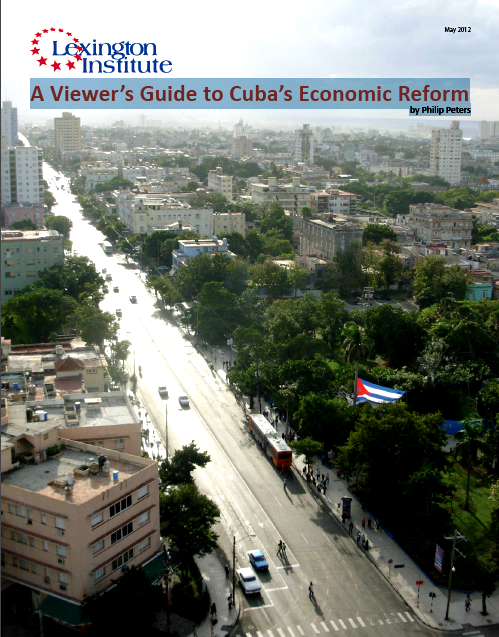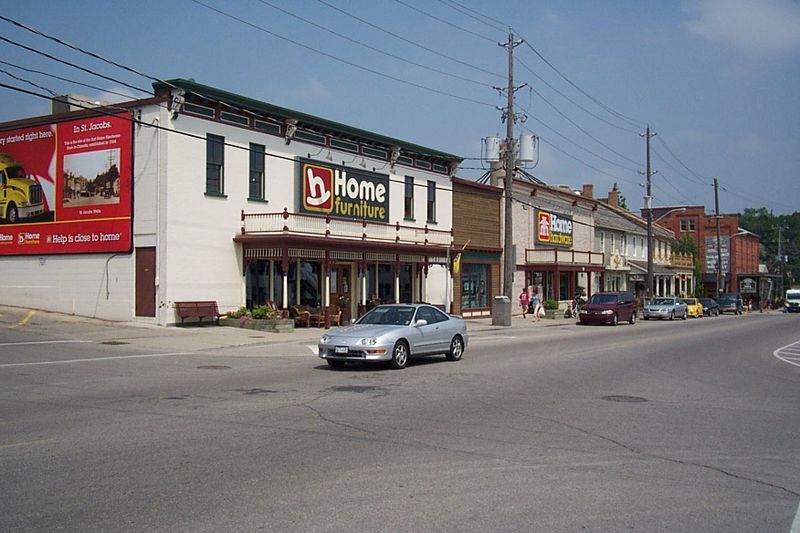 A collection of essays on Cooperatives has just been published in Cuba, compiled by Camila Piñeiro Harnecker of the Centro de Estudios sobre la Economia Cubana. Ms. Camila Piñeiro comes with an impeccable political pedigree, with parents Manuel Piñeiro Losada (a Revolutionary from 1952 onwards and a 32 year veteran of the Central Committee) and Marta Harnecker, (a Chilean sociologist, leading ideologue and prolific author.) The volume was made available courtesy of ASCE and Joaquin Pujol
A collection of essays on Cooperatives has just been published in Cuba, compiled by Camila Piñeiro Harnecker of the Centro de Estudios sobre la Economia Cubana. Ms. Camila Piñeiro comes with an impeccable political pedigree, with parents Manuel Piñeiro Losada (a Revolutionary from 1952 onwards and a 32 year veteran of the Central Committee) and Marta Harnecker, (a Chilean sociologist, leading ideologue and prolific author.) The volume was made available courtesy of ASCE and Joaquin Pujol
The complete document is available hyperlinked here: Cooperativas y Socialismo: Una Mirada DesdeCuba, La Habana: Editorial Caminos, 2011
Compiladora: Camila Piñeiro Harnecker; Coordinador editorial: José Ramón Vidal
Edición: Mayra Valdés Lara; Diseño: Olmer Buchholz Espinosa
The Table of Contents is reproduced below.
Índice
Prólogo Camila Piñeiro Harnecke, 7
Parte 1 ¿Qué es una cooperativa?
1. Una introducción a las cooperativas, Jesús Cruz Reyes y Camila Piñeiro Harnecker, 31
2. La construcción de alternativas más allá del capital, Julio C. Gambina y Gabriela Roffinelli, 55
Parte 2 Las cooperativas y los pensadores socialistas
3. Cooperativismo y autogestión en las visions de Marx, Engels y Lenin, Humberto Miranda Lorenzo 71
4. Cooperativismo socialista y emancipación humana. El legado de Lenin, Iñaki Gil de San Vicente, 103
5. El Ché Guevara: las cooperativas y la economía política de la transición al socialism, Helen Yaffe 132
6. Las bases del socialismo autogestionario: la contribución de István Mészáros, Henrique T. Nova, 167
Parte 3 Las cooperativas en otros países
7. Mondragón: los dilemas de un cooperativismo maduro, Larraitz Altuna Gabilondo, Aitzol Loyola Idiakez y Eneritz Pagalday Tricio, 191
8. Cuarenta años de autogestión en vivienda popular en Uruguay, El “Modelo FUCVAM”, Benjamin Nahoum, 219
9. Economía solidaria en Brasil: la actualidad de las cooperativas para la emancipación histórica de los trabajadores/ Luiz Inácio Gaiger y Eliene Dos Anjos, 245
10. Autogestión obrera en Argentina: problemas y potencialidades del trabajo autogestionado en el contexto de la poscrisis neoliberal, Andrés Rugge, 272
11. De las cooperativas a las empresas de propiedad social directa en el proceso venezolano Dario Azzellini, 301
Parte 4 Las cooperativas y la construcción socialista en Cuba
12. Las cooperativas agropecuarias en Cuba: 1959-presente, Armando Nova González, 321
13. La UBPC: forma de rediseñar la propiedad estatal con gestión cooperative, Emilio Rodríguez Membrado y Alcides López Labrada, 337
14. Notas características del marco legal del ambiente cooperativo cubano, Avelino Fernández Peiso, 366
15. Retos del cooperativismo como alternativa de desarrollo ante la crisis global. Su papel en el modelo económico cubano, Claudio Alberto Rivera Rodríguez, Odalys Labrador Machíny Juan Luis Alfonso Alemán, 397




![TIENDADELCIMEX[1]](https://thecubaneconomy.com/wp-content/uploads/2011/10/TIENDADELCIMEX1.jpg)

